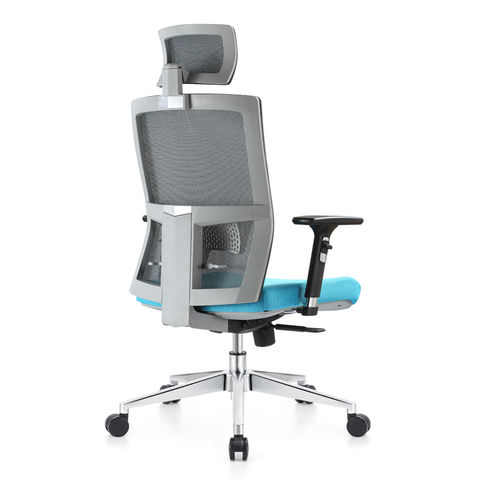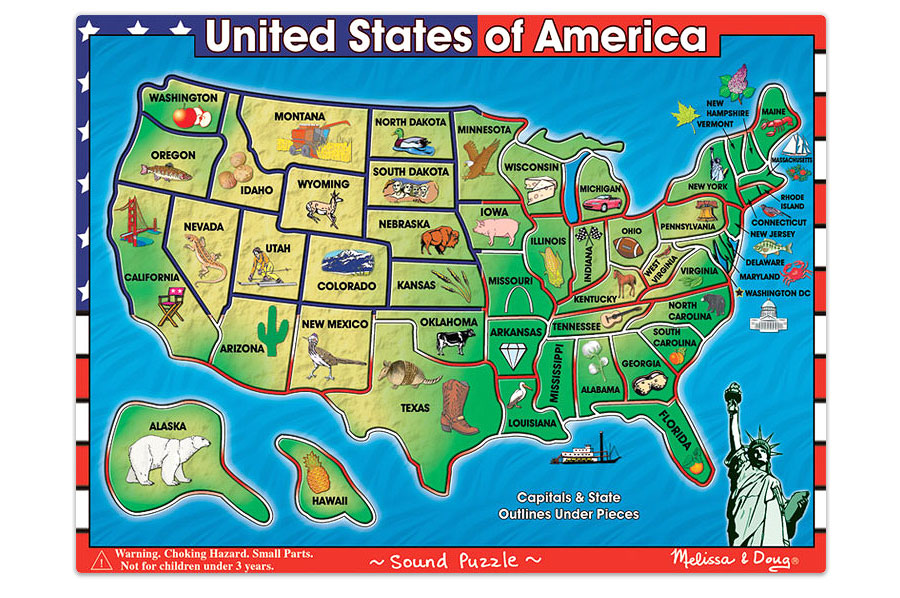Unit 1: Early Chinamac's History

This model curriculum groups instructional units into three categories. The criterion for these categories is the scale in time, geographical space, and subject matter of the topics to be explored. This system has been designed to guide teachers and students in the study of the past on a variety of scales, from broad, global changes to developments that occurred within regions, civilizations, or nations. Teachers may choose to introduce students to an entire Big Era in a few class periods by focusing on the sweeping changes of the era. Or, they may devote a greater number of class days to an era, using several teaching units in all three categories of scale to examine the era in finer detail. Teachers may tailor class time spent on a Big Era to their pedagogical strengths and interests and to state or local content standards. THIS IS A TEST, THIS IS A TEST. For more discussion of scale in history, see Why an Integrative World History Curriculum in the Foundations of This Curriculum section.

UNIT 1: US History Review. About Their Own History Powerpoint Presentation: Early Settlements. Document: Unit 1 Test Review.

All teaching units follow standard specifications for organization and design. They are listed and described below, as well as in the History, Geography, and Time, Big Eras 1-9, and Past and Future sections of the curriculum. All teaching units have been formatted in PDF to facilitate printing and duplicating of materials, especially Student Handouts. Users must download and install Adobe Acrobat Reader to have access to the teaching units.
Unit 1: Early Chinamac's History Timeline


In which John Green kicks off Crash Course US History! Why, you may ask, are we covering US History, and not more World History, or the history of some other. Quizlet makes simple learning tools that let you study anything. Start learning today with flashcards, games and learning tools — all for free. The IBM 650 weighed over 900 kg, the attached power supply weighed around 1350 kg and both were held in separate cabinets of roughly 1.5 meters by 0.9 meters by 1.8 meters. It cost US$500,000 116 ($4.76 million as of 2021) or could be leased for US$3,500 a month ($30 thousand as of 2021). History is designed to meet the scope and sequence requirements of most introductory courses. The text provides a balanced approach to U.S. History, considering the people, events, and ideas that have shaped the United States from both the top down (politics, economics, diplomacy) and bottom up (eyewitness accounts, lived experience).
Panorama Teaching Units | Each of the nine Big Eras of world history, plus the History, Geography, and Time and the Past and Future sections, offers one Panorama Teaching Unit. Panorama units address very large-scale developments in world history. Each one also includes a PowerPoint Overview Presentation. Teachers and students may view the overview presentations in HTML or download them into their own PowerPoint programs. The Panorama units provide a model for teaching an entire era of world history in a few lessons taking no more than a week or two of class time. In this way, students may learn about large patterns of change in an era. Panorama units also serve teachers who wish, or are obligated by local and state standards, to devote more class time to particular eras than to others. The Panorama Teaching Units are tailored to the time frames of the Big Era units. This means that the unit for Big Era One (13 billion - 200,000 years ago) encompasses a much larger time frame than does the unit for Big Era Nine (1945 - present). |
Landscape Teaching Units | Each Big Era, plus the History, Geography, and Time and the Past and Future sections, offers from two to seven Landscape Teaching Units. Landscape units focus on relatively large-scale developments in world history, though not as broad in subject matter as the Panorama units. All Landscape units have transregional, cross-cultural, or comparative elements. Teachers may use Landscape units flexibly, depending on their interests, school curriculum requirements, and instructional time available. |
Closeup Teaching Units | Multiple Closeup Teaching Units will be developed for each of the Big Eras. Closeup units address topics in world history that are relatively more restricted in time, space, and subject matter than either Panorama or Landscape units. Some of these units will address topics that embrace more than one Big Era. Teachers may choose among Closeup units to probe more deeply into specific aspects of world history. Closeup units will be progressively added to the curriculum. We invite history and social studies educators to submit Closeup units for inclusion in the curriculum. Go to Contact Us on the Home Page for more information on submitting Closeup Teaching Units. |
Unit 1: Early Chinamac's History On This Day
Panorama Teaching Units | Closeup Teaching Units | ||
History, Geography, & Time | Teaching Unit 0.1 Getting Our Bearings: Maps of time, space and history PowerPoint Feature! Teaching Unit 0.2 Human history and big geography | ||
| Big Era One Humans in the Universe 13 Billion - 200,000 Years ago | Panorama Teaching Unit | Teaching Unit 1.1 The horizon of human history 13,000,000,000 - 200,000 years ago Teaching Unit 1.2 Human ancestors in Africa and beyond 7,000,000 - 200,000 years ago | |
Big Era Two | Panorama Teaching Unit | Teaching Unit 2.1 Human beings around the world 100,000 - 10,000 years ago Teaching Unit 2.2 Language: What difference does it make? 200,000 - 40,000 BCE | |
| Big Era Three Farming and the Emergence of Complex Societies 10,000 - 1000 BCE In Development | Panorama Teaching Unit | Teaching Unit 3.1 Domesticating plants and animals 10,000 - 4000 BCE Teaching Unit 3.2 Farmers around the world 10,000 - 1500 BCE Teaching Unit 3.3 River valleys and the development of complex societies in Afroeurasia 4000 - 1500 BCE Teaching Unit 3.4 Migrations and militarism across Afroeurasia 2000 - 1000 BCE Teaching Unit 3.5 Early complex societies in the Americas 1800 - 500 BCE Teaching Unit 3.6 People on the move in Australia and the Pacific basin 10,000 - 1000 BCE 500 BCE | Closeup Teaching Unit 3.2.5 Korea: From Calm to Conflict |
| Big Era Four Expanding Networks of Exchange and Encounter 1200 BCE - 500 CE In Development | Panorama Teaching Unit | Teaching Unit 4.1 From the Mediterranean to India: Patterns of power and trade 1200 - 600 BCE Teaching Unit 4.2 The expansion of complex society in East Asia 1200 - 300 BCE Teaching Unit 4.3 Migration and change in Africa south of the Sahara 1200 - 200 CE Teaching Unit 4.4 From the Mediterranean to India: An age of Greek and Persian power 600 - 200 BCE Teaching Unit 4.5 Giant empires of Afroeurasia 300 BCE - 200 CE Teaching Unit 4.6 | Closeup Teaching Unit 4.2.1 Closeup Teaching Unit 4.4.1 Closeup Teaching Unit 4.4.2 Closeup Teaching Unit 4.5.1 Closeup Teaching Unit 4.5.2 Closeup Teaching Unit 4.5.3 Note: documents in Powerpoint format (PPT) require Microsoft Viewer, download powerpoint. |
| Big Era Five Patterns of Interregional Unity 300 - 1500 CE | Panorama Teaching Unit | Teaching Unit 5.1 Teaching Unit 5.6 | The beginners guide to google adsense for your website. Closeup Teaching Unit 3.2.5 Happy wheels demounblocked games. Closeup Teaching Unit 4.2.1 Closeup Teaching Unit 5.3.1 Closeup Teaching Unit 5.5.1 Note: documents in Powerpoint format (PPT) require Microsoft Viewer, download powerpoint. |
| Big Era Six The Great Global Convergence 1400 - 1800 CE | Panorama Teaching Unit | Teaching Unit 6.1 Oceanic ventures and the joining of the continents 1400 - 1550 CE Teaching Unit 6.2 The Columbian Exchange and its consequences: biological, social, and cultural 1400 - 1650 CE Teaching Unit 6.3 Rulers with guns: the rise of powerful states 1400 - 1800 CE Teaching Unit 6.4 The global economy takes shape 1500 - 1800 CE Teaching Unit 6.5 The Making of the Atlantic Rim 1500 - 1800 CE Teaching Unit 6.6 The Scientific Revolution 1500 - 1800 CE Teaching Unit 6.7 The long reach of the major religions 1500 - 1800 CE | Closeup Teaching Unit 3.2.5 Korea: From Calm to Conflict Closeup Teaching Unit 6.6.1 Leaders of the Enlightenment PowerPoint Feature! Closeup Teaching Unit 6.7.1 The Protestant Reformation PowerPoint Feature! Note: documents in Powerpoint format (PPT) require Microsoft Viewer, download powerpoint. |
| Big Era Seven Industrialization and Its Consequences 1750 - 1914 CE In Development | Panorama Teaching Unit | Teaching Unit 7.1 The Industrial Revolution as a world event 1750 - 1840 CE Teaching Unit 7.2 The Atlantic revolutions as a world event 1750 - 1830 CE Teaching Unit 7.3 People, Power, and Ideology: A whole new world 1830 - 1900 CE Teaching Unit 7.4 Humans in a hurry: nineteenth-century migrations 1830 - 1900 CE Teaching Unit 7.5 The experience of colonialism 1850 - 1914 CE Teaching Unit 7.6 New identities: nationalism and religion 1850 - 1914 CE | Closeup Teaching Unit 6.6.1 Leaders of the Enlightenment PowerPoint Feature! Closeup Teaching Unit 7.1.20 Living Rooms 1800-1900 Closeup Teaching Unit 7.5.1 Resistance to Imperialism in Africa, Asia, and the Americas 1880-1914 Note: documents in Powerpoint format (PPT) require Microsoft Viewer, download powerpoint. |
| Big Era Eight A Half Century of Crisis 1900 - 1950 CE | Panorama Teaching Unit | Teaching Unit 8.1 The causes and global consequences of World War I 1900-1920 CE Teaching Unit 8.2 The search for peace and stability in the 1920s and 1930s 1920-1930 CE Teaching Unit 8.3 The Great Depression 1929-1939 CE Teaching Unit 8.4 Social change and resistance in colonial empires 19141950 CE Teaching Unit 8.5 The causes and global consequences of World War II 19391945 CE Teaching Unit 8.6 Revolutions in science and technology 1900-1950 CE Teaching Unit 8.7 Environmental change: the great acceleration 1900-1950 CE | Closeup Teaching Unit 3.2.5 Korea: From Calm to Conflict |
| Big Era Nine Paradoxes of Global Acceleration 1945 - present CE | Panorama Teaching Unit | Teaching Unit 9.1 World politics and the global economy after World War II Teaching Unit 9.2 The two big powers and their Cold War 1945-1990 CE Teaching Unit 9.3 A multitude of sovereign states 1945-1975 Teaching Unit 9.4 The scope of wealth and poverty 1945-present Teaching Unit 9.5 The world at warp speed: science, technology, and the computer revolution 1970-present Teaching Unit 9.6 Population explosion and environmental change 1945-present Teaching Unit 9.7 Globe-girdling cultural trends 1980-present | Closeup Teaching Unit 3.2.5 Korea: From Calm to Conflict Closeup Teaching Unit 9.7.1 1968: A Year of Global Protest |
Past and Future Reflecting on the Past, Thinking about the Future In Development |